Introduction
This article provides an in-depth examination of rubber O rings, covering their uses, manufacturing processes, and various types.
You will explore key topics including:
- What is a Rubber O Ring?
- Rubber Materials for O Ring Production
- Different Varieties of Rubber O Rings
- Selecting the Right Rubber O Ring
- And More...
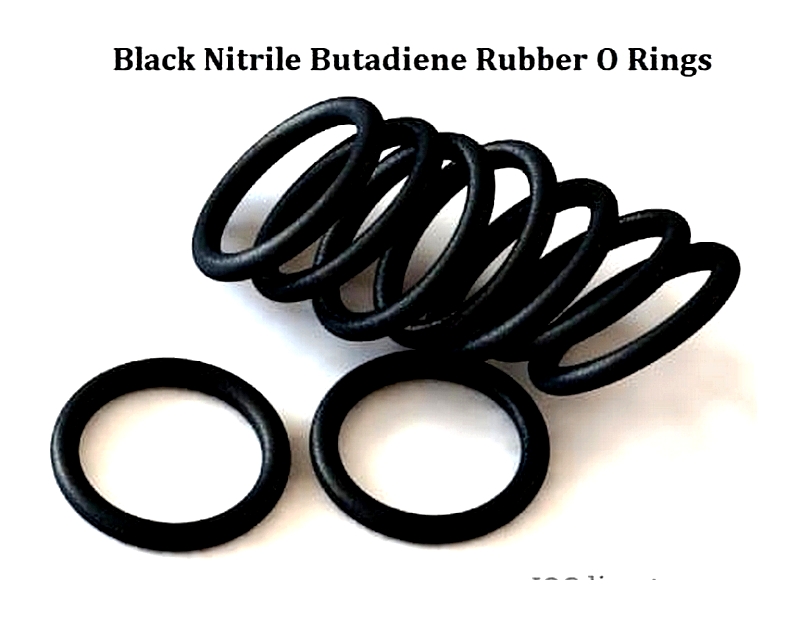
Chapter One – What is a Rubber O Ring?
A rubber O ring is a torus-shaped mechanical gasket used in both static and dynamic applications where components move relative to each other, potentially creating friction. These rings offer numerous benefits, including affordability, simple production, reliability, pressure resistance, and easy installation. Manufacturers produce them from various rubber compounds such as nitrile, viton, silicone, and other synthetic rubbers.
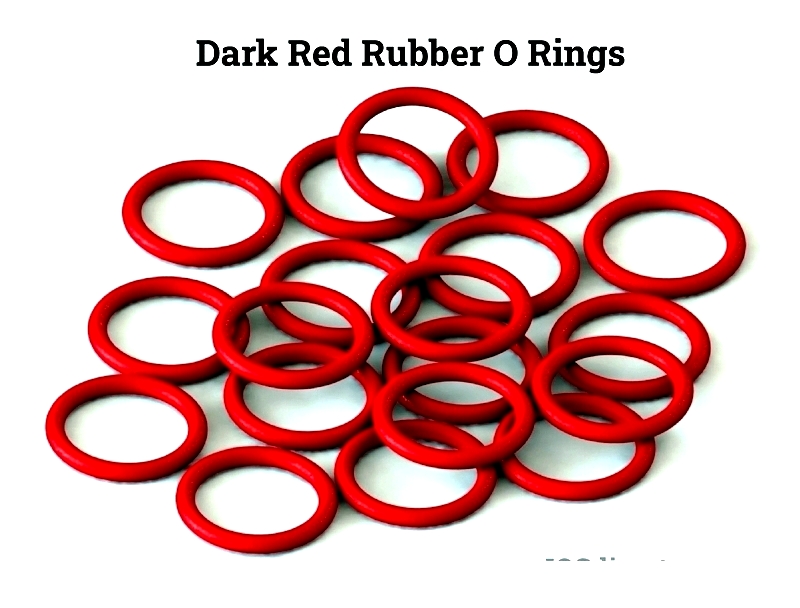
When selecting rubber materials for O rings, engineers consider several critical factors: chemical compatibility, hardness, abrasion resistance, permeability, heat tolerance, and pressure capacity. With the wide variety of rubber O rings available, professionals can choose the optimal type to meet specific application requirements and operating conditions.
Chapter Two – Materials for Rubber O-rings
Choosing the right rubber material for O-rings is essential for achieving effective sealing performance, chemical resistance, and durability across industrial and commercial applications. These precision-engineered components, also called elastomeric gaskets or sealing rings, prevent fluid or gas leakage at connection points. Their affordability, flexibility, and reliability make them indispensable in numerous industries, including automotive, aerospace, plumbing, food processing, and electronics manufacturing.
Recent years have seen growing demand for high-quality rubber O-rings due to expanding applications in water filtration systems, hydraulic/pneumatic valves, industrial pumps, electrical equipment, enclosure seals, motor shafts, lighting fixtures, and high-pressure flange assemblies. Their enduring popularity stems from exceptional elasticity and durability, enabling reliable sealing in both static and dynamic conditions.
Rubber O-rings fall into two primary categories: static O-rings for stationary applications and dynamic O-rings for moving components like rotary or reciprocating shafts. Understanding these distinctions helps ensure proper material selection based on specific operating environments and requirements.
Rubber O Ring Materials
Nitrile Rubber (NBR or Buna-N)
Nitrile, a synthetic rubber combining acrylonitrile (ACN) and butadiene, remains an industry standard for O-rings due to its balanced performance, cost-effectiveness, and chemical resistance. By adjusting the ACN-to-butadiene ratio, manufacturers can customize nitrile O-rings for varying levels of oil, gas, and solvent resistance, as well as temperature flexibility. Lower ACN content improves low-temperature performance, while higher ACN enhances solvent resistance.
Nitrile O-rings are widely used because of their economical price, low compression set, high abrasion resistance, and strong tensile properties. NBR O-rings effectively seal petroleum-based oils, hydraulic fluids, lubricants, and certain fuels, making them popular in automotive, aerospace, and industrial machinery applications. They perform reliably across a broad temperature range of –40°C to 120°C, offering versatile sealing solutions for general-purpose applications.
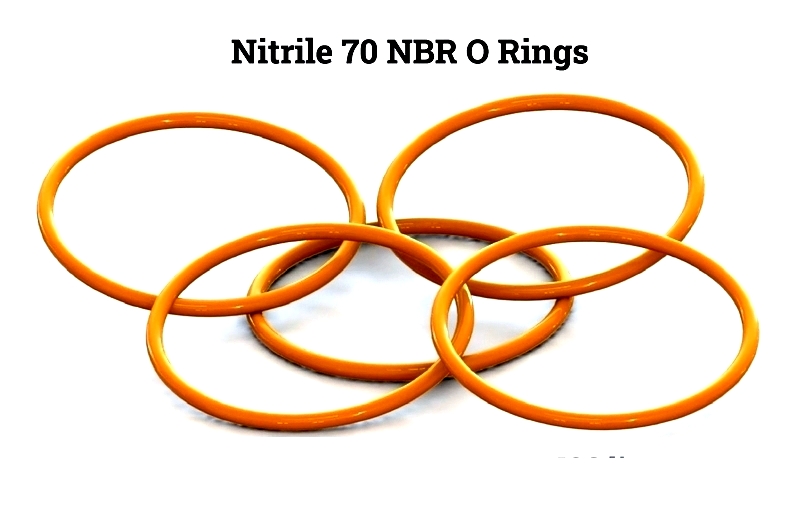
Viton® (FKM) Material
Viton fluoroelastomer O-rings, made from FKM synthetic rubber, are designed for high-performance sealing in extreme and chemically aggressive environments. Developed by DuPont, Viton combines fluoropolymer chemical resistance with elastomer flexibility. Viton A grade, containing 66% fluorine, sets the benchmark for O-rings requiring superior resistance to harsh chemicals, solvents, and fuels.
Although Viton O-rings have a higher initial cost than nitrile, their extended lifespan and exceptional resistance to heat, ozone, oxidation, and chemicals provide long-term value. They operate effectively between –20°C and 210°C, making them suitable for automotive fuel systems, aerospace applications, and chemical processing. Viton O-rings resist oils, acids, silicone fluids, hydraulic fluids, and aromatic hydrocarbons while maintaining resilience against UV light, fungus, and mold. For industries prioritizing chemical compatibility and minimal maintenance, Viton FKM O-rings are the preferred choice for critical sealing applications.
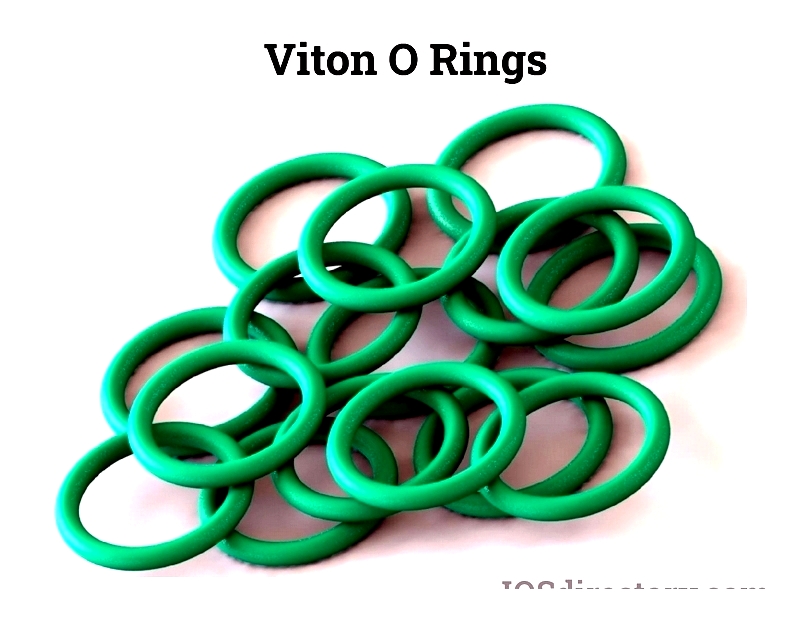
Silicone Material
Silicone rubber O-rings, composed of silicon, oxygen, hydrogen, and carbon polymers, are valued for their biocompatibility, flexibility, and excellent temperature performance. Enhanced with methyl, phenyl, and vinyl groups, these O-rings resist UV degradation, ozone, weathering, and various chemicals. Their non-toxic, sterilizable properties make them ideal for food-grade, medical, and pharmaceutical equipment, meeting FDA and USP Class VI standards.
Silicone O-rings function effectively from –60°C to 225°C, with specialized formulations reaching –100°C to 300°C. While offering excellent flexibility and resistance to corrosion and microbial growth, they have lower tensile strength and wear resistance compared to other elastomers. Adding a Teflon (PTFE) sleeve can improve durability in demanding environments. Common applications include food processing, medical devices, aerospace, and electronics where cleanroom conditions are essential.
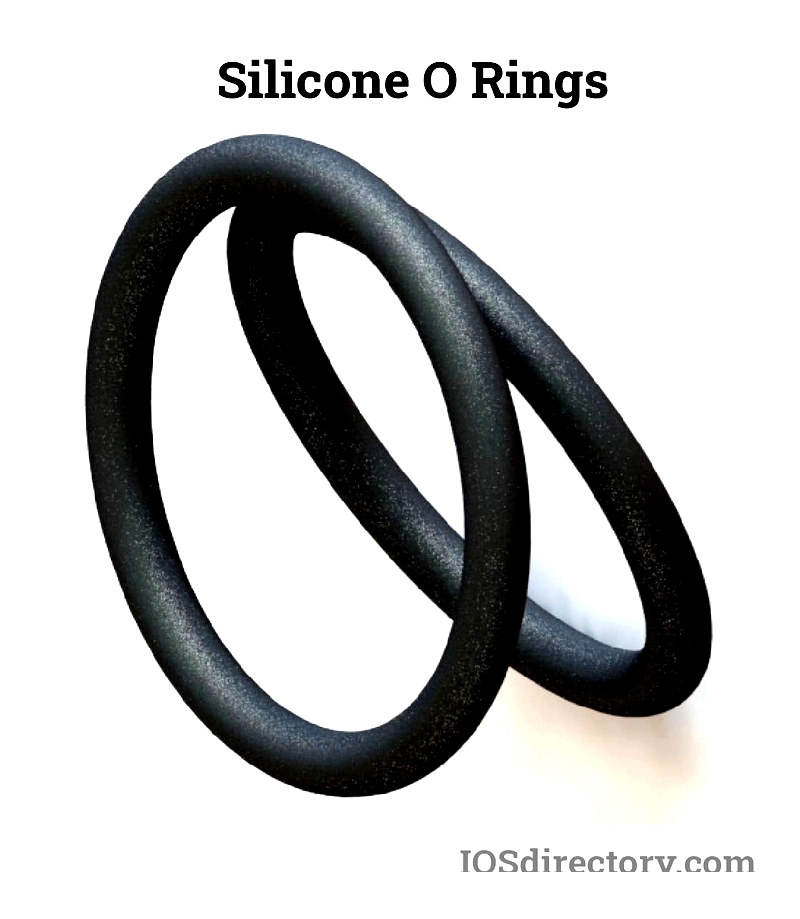
Neoprene (CR) Elastomers
Neoprene (chloroprene rubber or CR) is an excellent choice for O-rings requiring resistance to environmental factors. Produced through chloroprene emulsion polymerization, neoprene offers moderate oil, chemical, and weather resistance. Its stable molecular structure provides protection against UV light, ozone, aging, and oxidation, making it suitable for outdoor and marine applications.
Manufactured via sulfur curing, neoprene O-rings exhibit low flammability and can self-extinguish when removed from flame sources. This property makes them valuable for refrigeration, HVAC, and certain automotive systems. They withstand temperatures between –40°C and 121°C and are effective for sealing refrigerants, ammonia, silicone fluids, coolants, and some petroleum-based lubricants. Their adaptability makes them reliable for general industrial and mechanical uses.
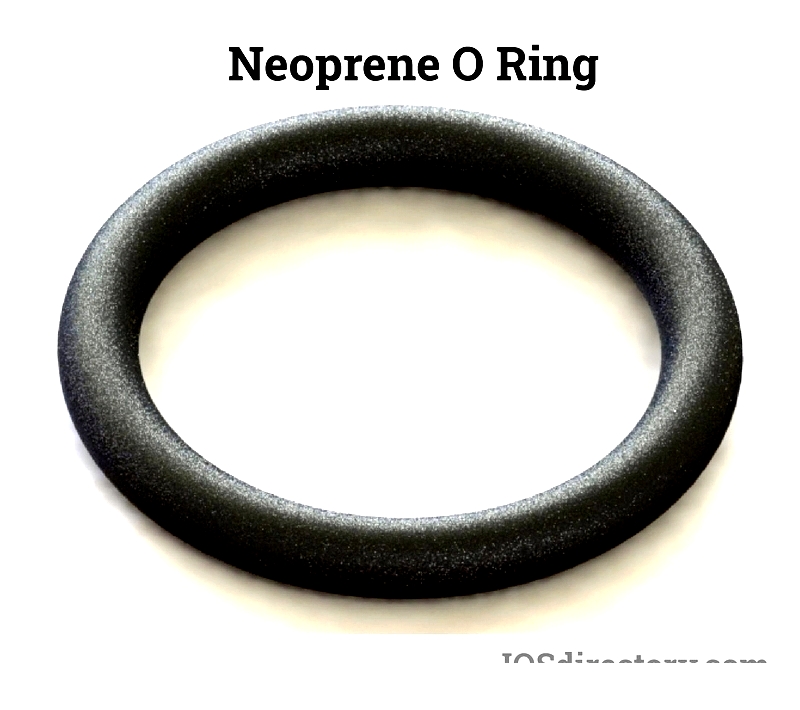
Latex Rubber
Natural latex rubber O-rings, derived from rubber tree sap, undergo prevulcanization to produce an elastomer known for exceptional flexibility and strength. Latex O-rings offer superior tensile strength and elongation, making them ideal for dynamic sealing applications requiring frequent expansion and contraction.
While latex performs well at low temperatures, it is sensitive to heat, sunlight, and oxygen, requiring stabilizers to prevent degradation. It is not recommended for use with petroleum oils, fuels, or most solvents due to rapid deterioration. Industries benefiting from latex O-rings include laboratories, sports equipment, and certain medical/pharmaceutical applications where biocompatibility and flexibility are crucial.

Polyurethane Material
Polyurethane O-rings, formed by reacting polyols with diisocyanates, are prized for their wear resistance, high tensile strength, and elasticity. As thermoplastic elastomers, they can be customized for specific sealing conditions. These O-rings withstand mechanical stress, frequent movement, and exposure to hydraulic fluids




